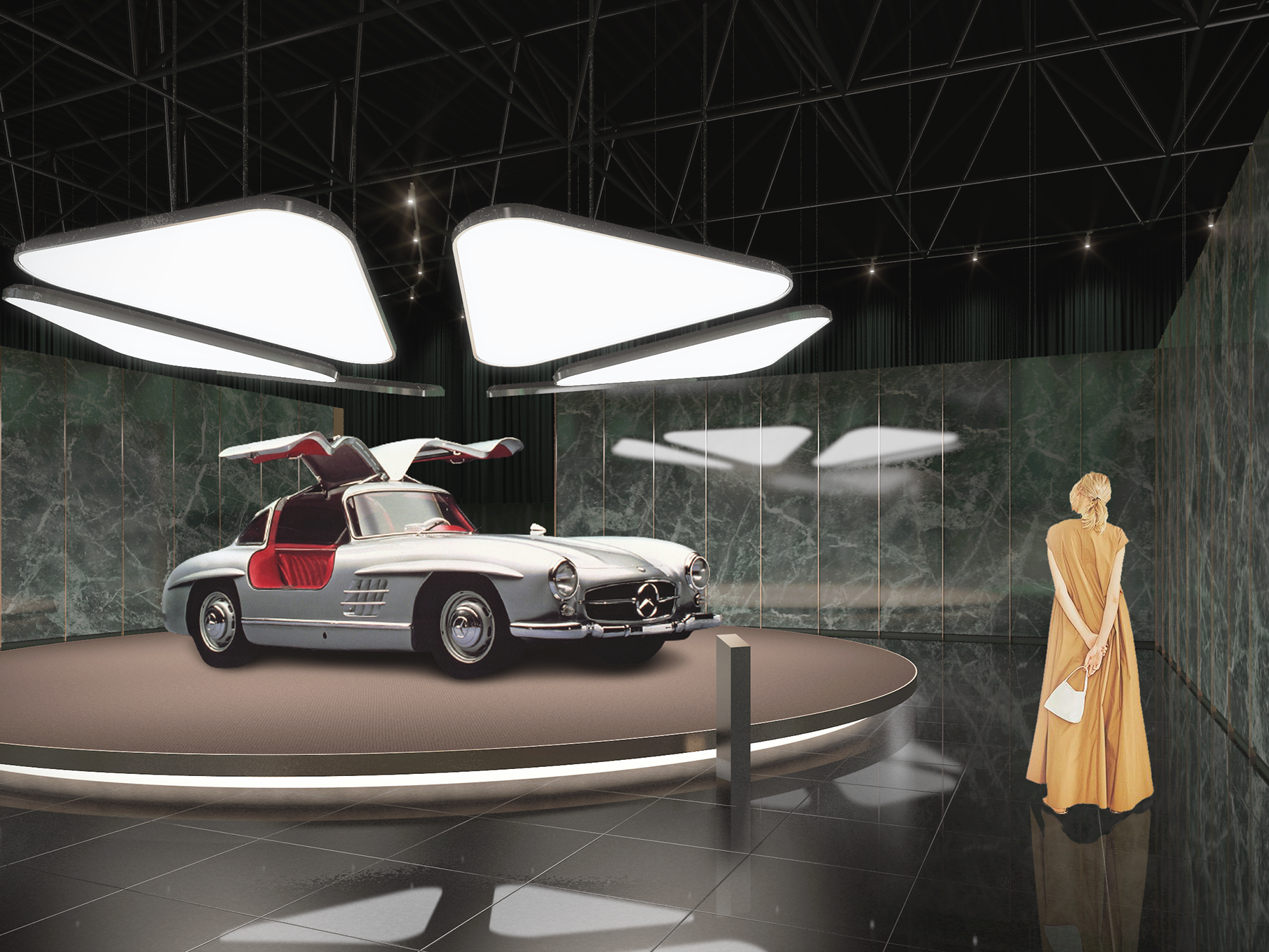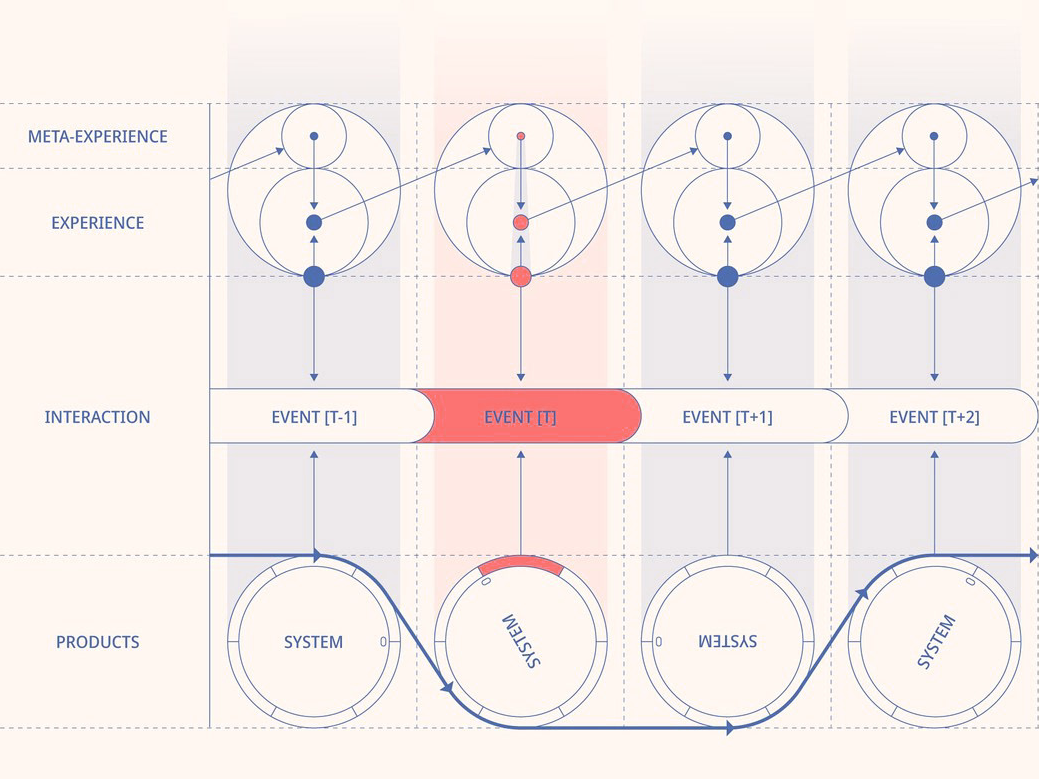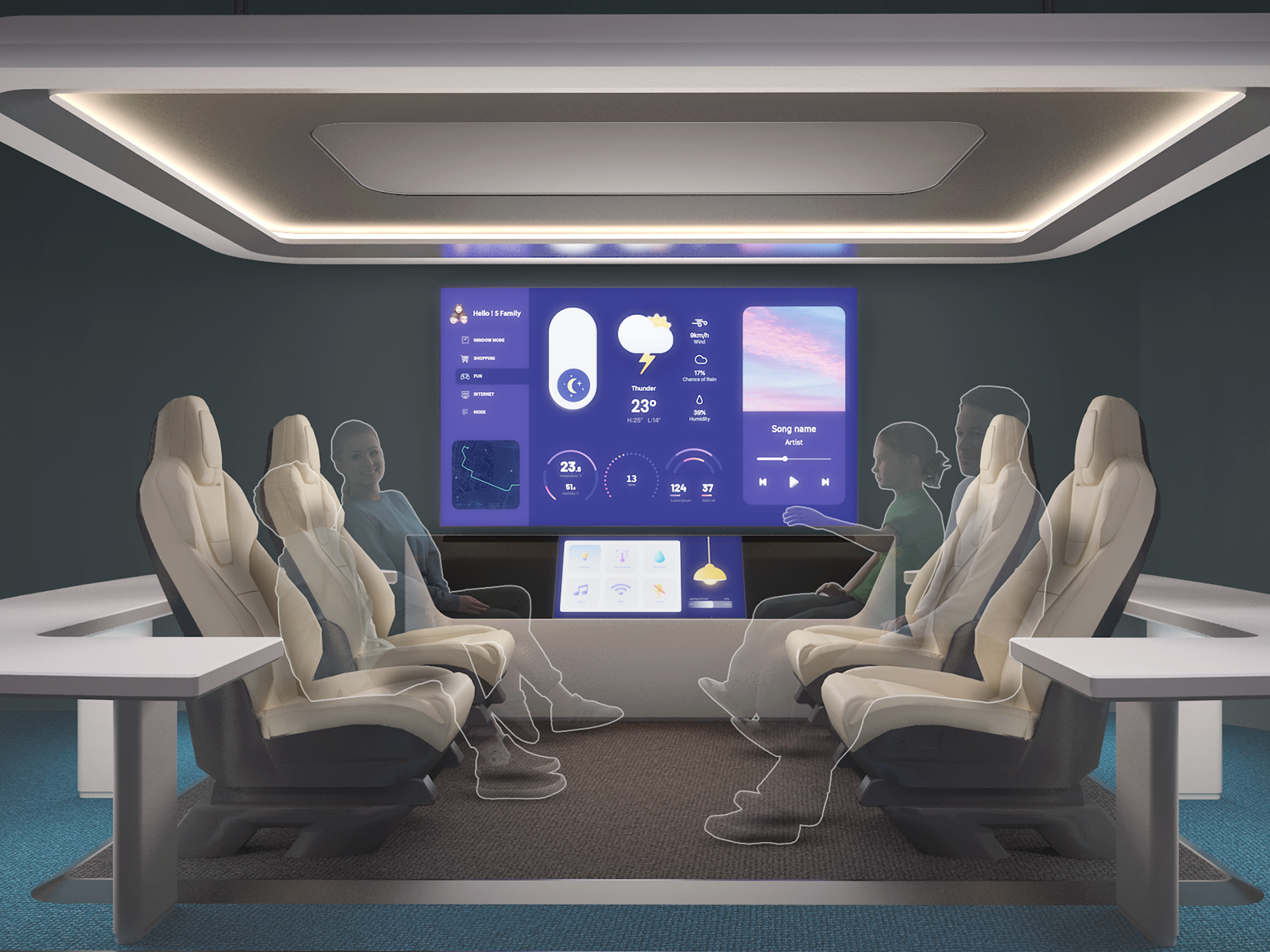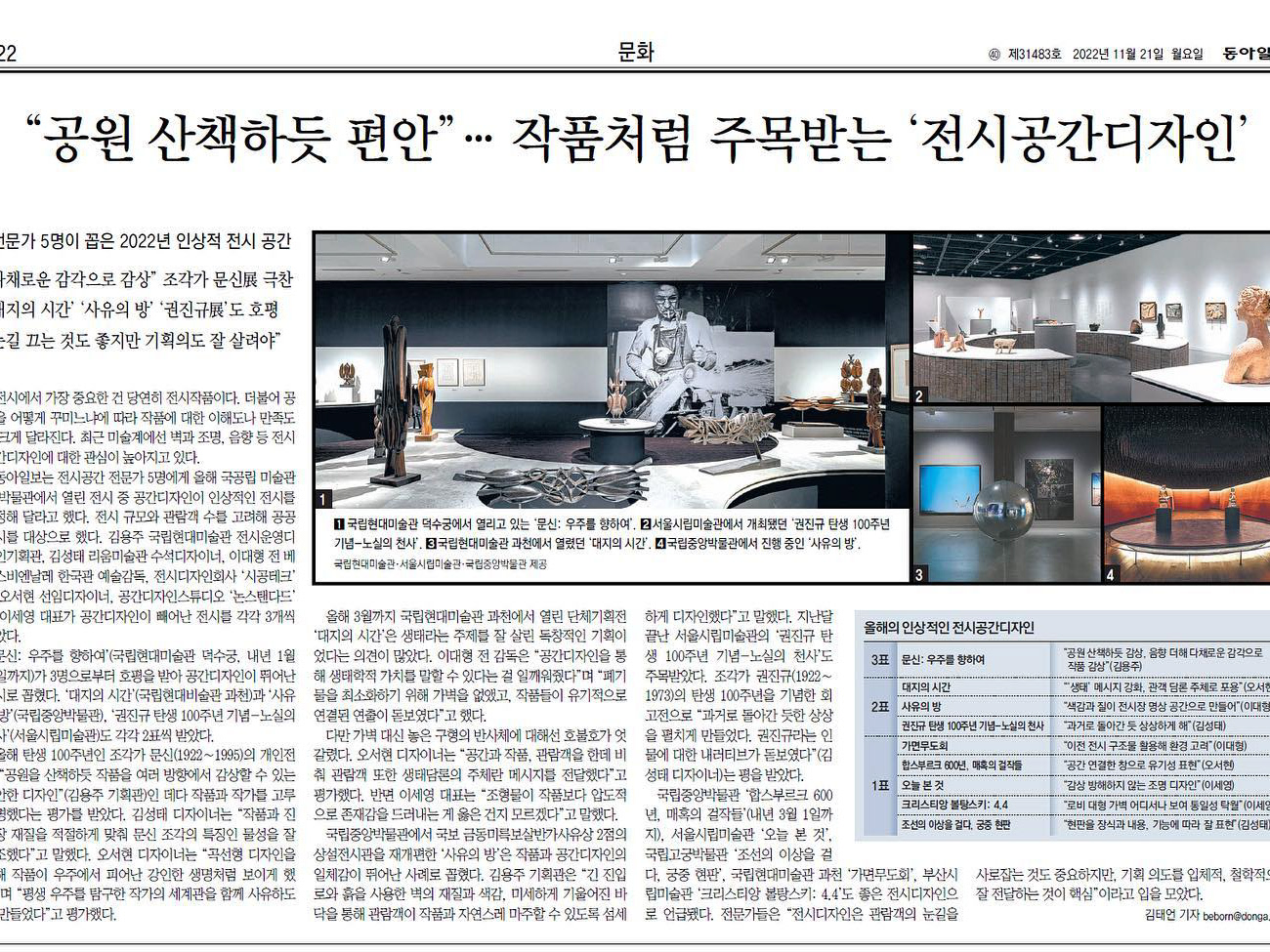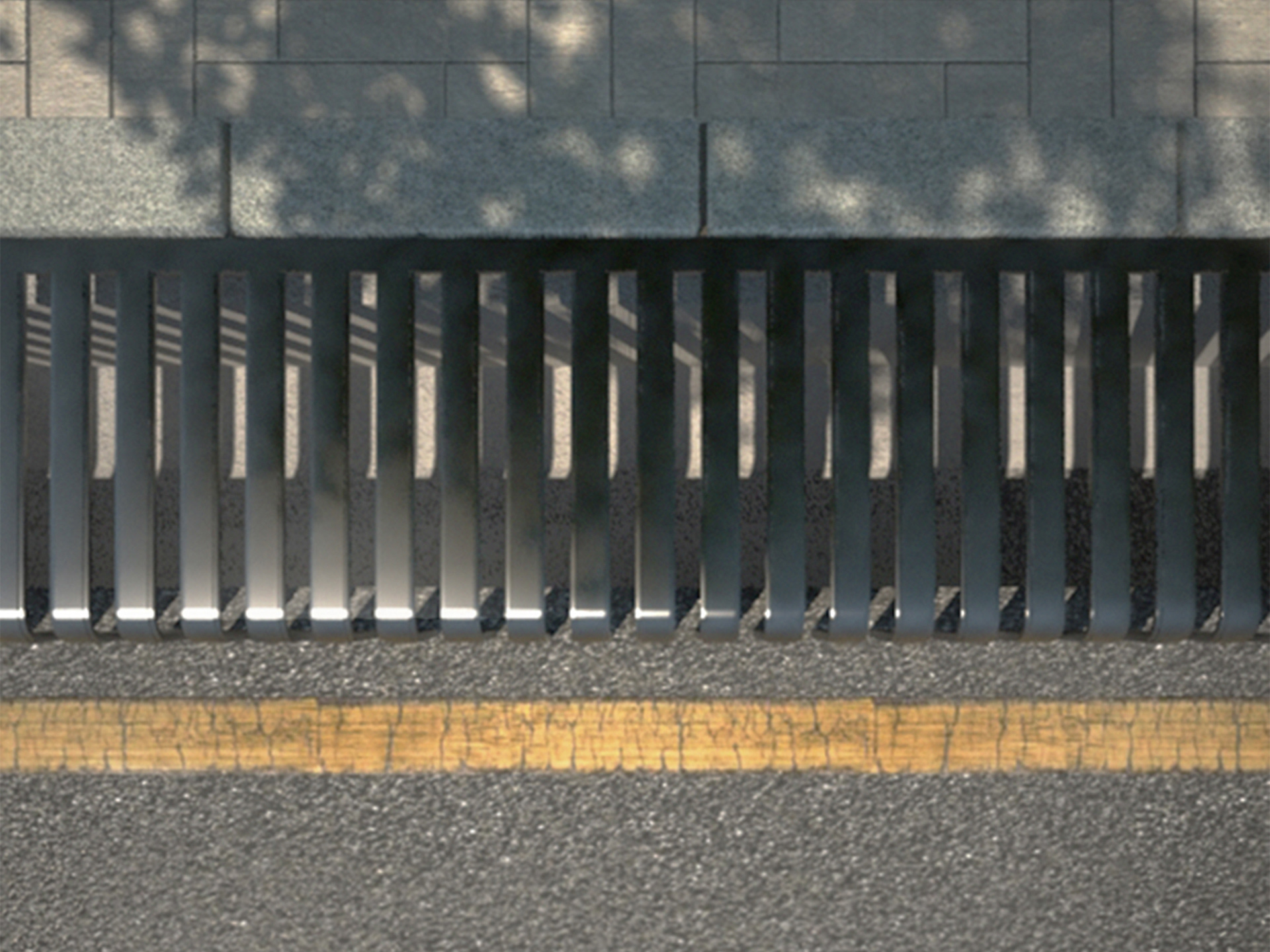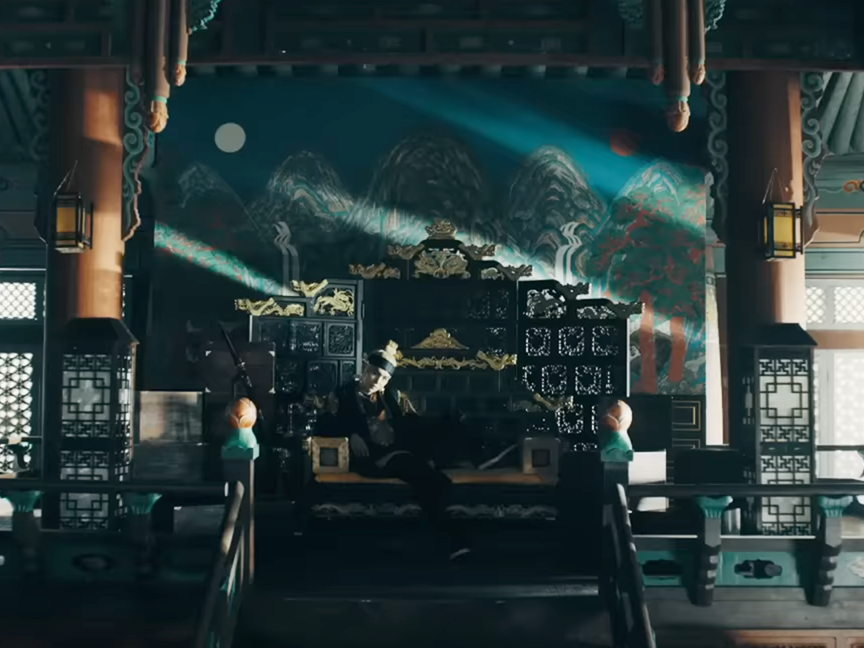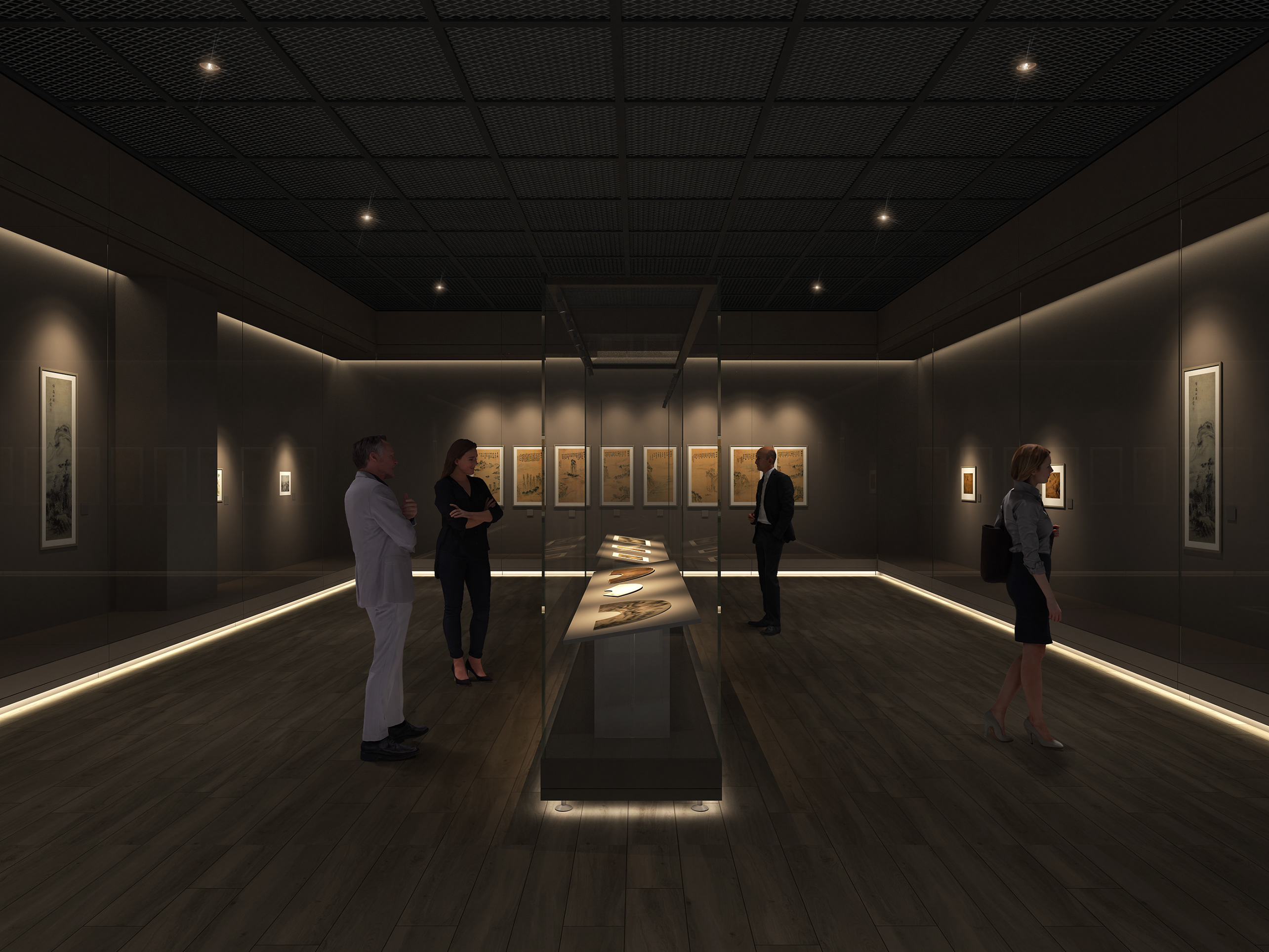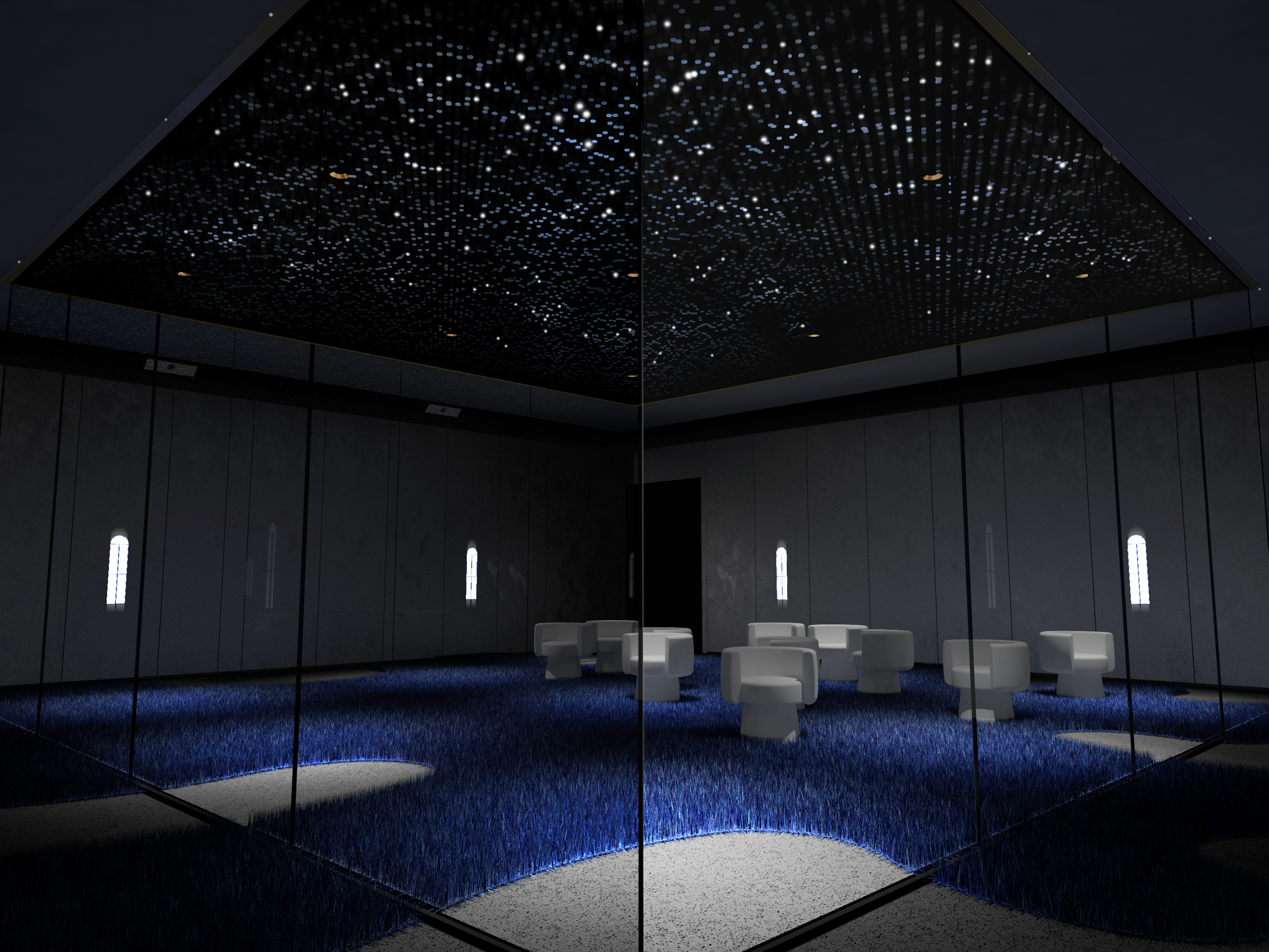PROJECT MANAGER & LEAD DESIGNER
In 1962, the first apartment complex in Seoul after the Korean War, Mapo Apartments, was established in Mapo-gu. Several years later, in 1976, the first private apartment complex was built in Seoul's Gangnam district. That was Apgujeong Hyundai Apartment. The significance of apartments in Korean history is profound. Post-war Seoul faced unprecedented overcrowding due to an influx of people from all over the country. Apartments emerged as a rational architectural solution that could effectively accommodate the population within the limited urban space. For many construction companies in Korea, the construction of apartments presented a significant opportunity. They each promoted their own apartment brands, contributing to Seoul's transformation into a city dominated by apartments. Over the 50 years since the construction of Apgujeong Hyundai Apartment, apartments have firmly established themselves as the most common and highly sought-after form of housing in Seoul.
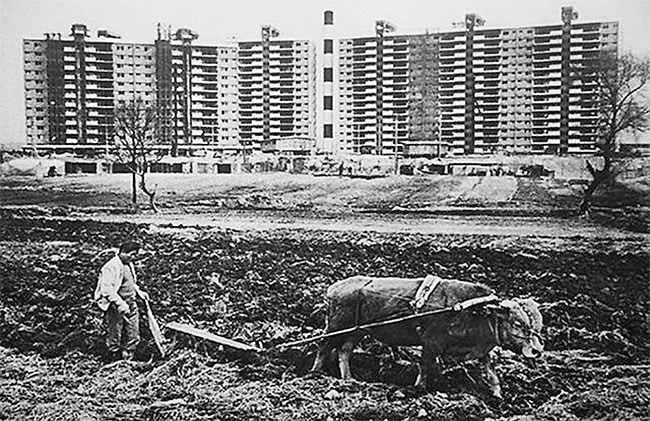
Apgujeong Hyundai Apartment is considered one of the most expensive apartments in South Korea. This is largely due to the fact that Apgujeong is one of the areas with the highest land values in the country. Additionally, the market's expectations regarding apartment reconstruction have partially contributed to the high apartment prices. Reconstruction is a highly sensitive issue in Korea, primarily because the scale of capital involved in reconstruction projects reaches hundreds of trillions of won each year.
Residents hope for more comfort through reconstruction, but there is also an expectation that properties will be traded at higher prices in the real estate market. For those who do not own houses, there is a desire to receive housing through the increase in available housing units resulting from reconstruction projects. Furthermore, reconstruction serves as a means for construction companies to achieve substantial revenue, often surpassing that of any other individual construction project.
As the reconstruction of aging apartments in the Gangnam area approaches, the Hyundai Apartment Promotion Center was planned in the Apgujeong and Gangnam areas, aiming to capture the attention of apartment residents' associations in the vicinity of aging apartments. In the Korean reconstruction market, apartment residents' associations directly select construction companies for reconstruction projects through votes.
Residents seek construction companies that can provide them with better homes, and construction companies make every effort to win the support of these residents. Consequently, exhibition centers showcasing every aspect of the upcoming apartments have become an effective means to persuade residents.
The word "Hyundai" in Korean translates to "Modern" or "Contemporary." When Apgujeong Hyundai Apartment first emerged in Gangnam, it embodied its name by being the most modern and contemporary residential space, capturing the admiration of the public. In the late 1970s, Korean society was experiencing unprecedented growth, preparing to usher in a period of unparalleled prosperity in the Korean economy and culture: La Belle Époque. Therefore, Apgujeong Hyundai Apartment was a symbol of prosperity to the public, and for the residents, it became a cherished space, embodying their memories of abundance. For many Koreans, Hyundai Apartment was synonymous with "modernity" itself.
Therefore, as I prepared this exhibition center, I wanted to show a new era of modernity that would commence—a New Origin of Modern. Just as the Hyundai Apartments of the 1970s symbolized the prosperity we were building towards, the newly constructed Hyundai Apartments also needed to represent the assurance of a new abundance that we would create in the future.
This prosperity would be rooted in the explosive increase in productivity brought about by the 4th Industrial Revolution, the heightened mobility transcending both space and time, and the expansion of the realms of life beyond material and non-material boundaries. Simultaneously, it would be expressed through a delicate culture that embraces this technological advancement with sophistication.
After nearly a year of discussions, the client and I agreed that an Immersive Theater would be the most effective way to showcase this new vision of modernity. We aimed to portray the yet unrealized appearance of the new apartment precisely as it will be, transcending time and space constraints and allowing residents to experience life within it as authentically as possible.
The theater is designed as a rectangular room with 14m in width and 8m in depth. To create an immersive experience, we used eight FHD projectors on four surfaces—front, sides, and floor—along with surround speakers to generate a three-dimensional audio environment. In the seats, audiences can feel as if they are actually in the environment depicted by the video.
The video encapsulates Hyundai Construction's heritage, cutting-edge technologies for convenient living, and the harmony of nature and culture to enrich life. The video starts with swiftly showcasing historic landmarks that represent Hyundai Construction's heritage, including the presidential residence, the Blue House, numerous bridges spanning the Han River, and iconic Seoul landmarks such as Namsan Tower. These glimpses provide an overview of Hyundai Construction's history.
As the video progresses, time swiftly transitions, revealing the future landscape of Seoul with the emergence of the newly constructed Hyundai Apartments. The camera then moves into the apartment complex, vividly portraying various lifestyles. Throughout the video planning process, the primary focus was seamlessly depicting the cultural lives of the apartment complex and the dynamic presence of cutting-edge technologies behind it. The goal was to artistically illustrate the sensory experience of the future abundance that is realized within the apartment.















